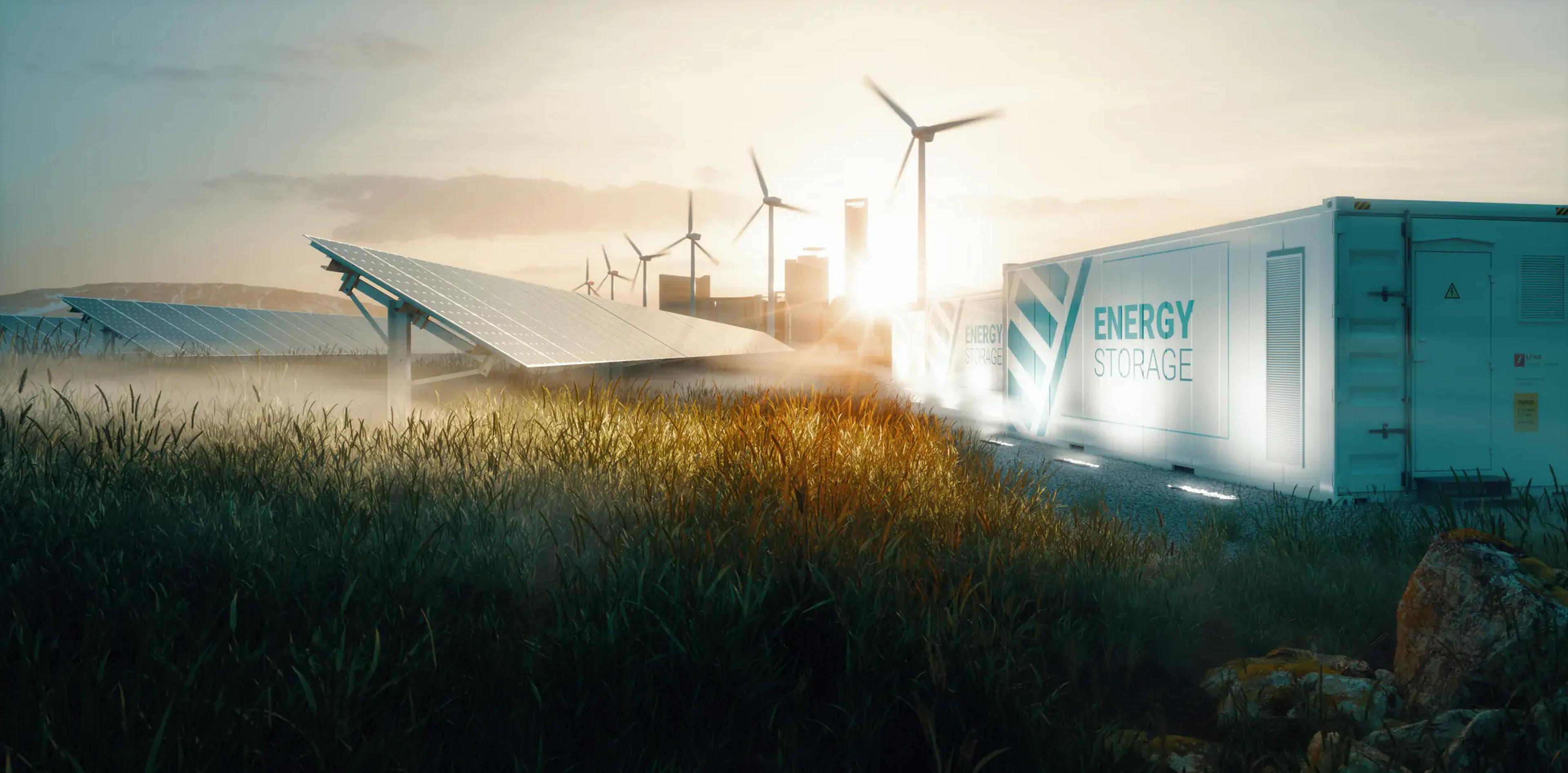Crushed granite stores energy efficiently


Facts
Project period
Total budget
120,000 kr.Partners
About the project
Results
The project demonstrated that while steel retained heat better, it also caused higher pressure loss. Crushed stones allowed for better temperature control and reduced pressure loss, leading to the conclusion that crushed stones were the preferred material. Further experiments revealed that the size of the stones—how finely the granite was crushed—also influenced storage efficiency. Additional tests provided insights into balancing pressure loss and the storage unit's ability to absorb heat.
Together with the results from the knowledge-sharing project Thermal Energy Storage, the findings from this innovation project were incorporated into the design of a full-scale thermal storage prototype as part of the ongoing Gridscale project, which focuses on full-scale testing and demonstration of this new storage technology.
Challenge
Storing renewable energy over extended periods is a prerequisite for future energy systems. Energy storage in a thermal storage unit can, for instance, occur by converting electricity into hot water or hot air, which is then transported through pipes into the storage unit. Conversely, when the storage unit cools, the hot water or air is released from the storage unit via pipes and reconverted into electricity. However, when heat is transported through pipes, pressure loss occurs, reducing the storage efficiency. The storage unit itself can be made of various materials, each with different capacities to absorb heat. Therefore, experiments are needed to gain insights into optimizing the storage unit.
"Over the years, I have identified five criteria for achieving 100 percent green electricity in Denmark: There must be sufficient energy, the technology must not harm the climate, there must not be significant public opposition, it must be available at a competitive price, and the energy must be accessible when needed. We were missing the last one, but with thermal energy storage, we are close to meeting all the criteria."
Solution
In the innovation project Energy Storage in Gravel and Steel, a new concept for energy storage was tested on a 1:10 mini-scale at DTU Risø. Specifically, the setup consisted of a pile of stones inside a steel cylinder, where surplus energy from wind turbines and solar installations was stored as heat. This heat could then be converted back into electricity when needed. The project also examined which of the two materials—gravel or steel—was better suited as a storage medium.
Want to learn more?

Christian Munk Jensen
Senior Project Manager
Innovation projectsFredericia+45 5055 2606cmj@energycluster.dkSkibsbyggerivej 5, 3. sal.
9000 Aalborg
Navitas
Inge Lehmanns Gade 10
8000 Aarhus C
House of Offshore Innovation
Kanalen 1
6700 Esbjerg
Port House
Vendersgade 74
7000 Fredericia
BLOXHub
Bloxhub, Bryghusgade 8, 3. sal,
1474 København K
Energy Cluster Denmark
Nørre Havnegade 43
6400 Sønderborg
©Energy Cluster Denmark 2025